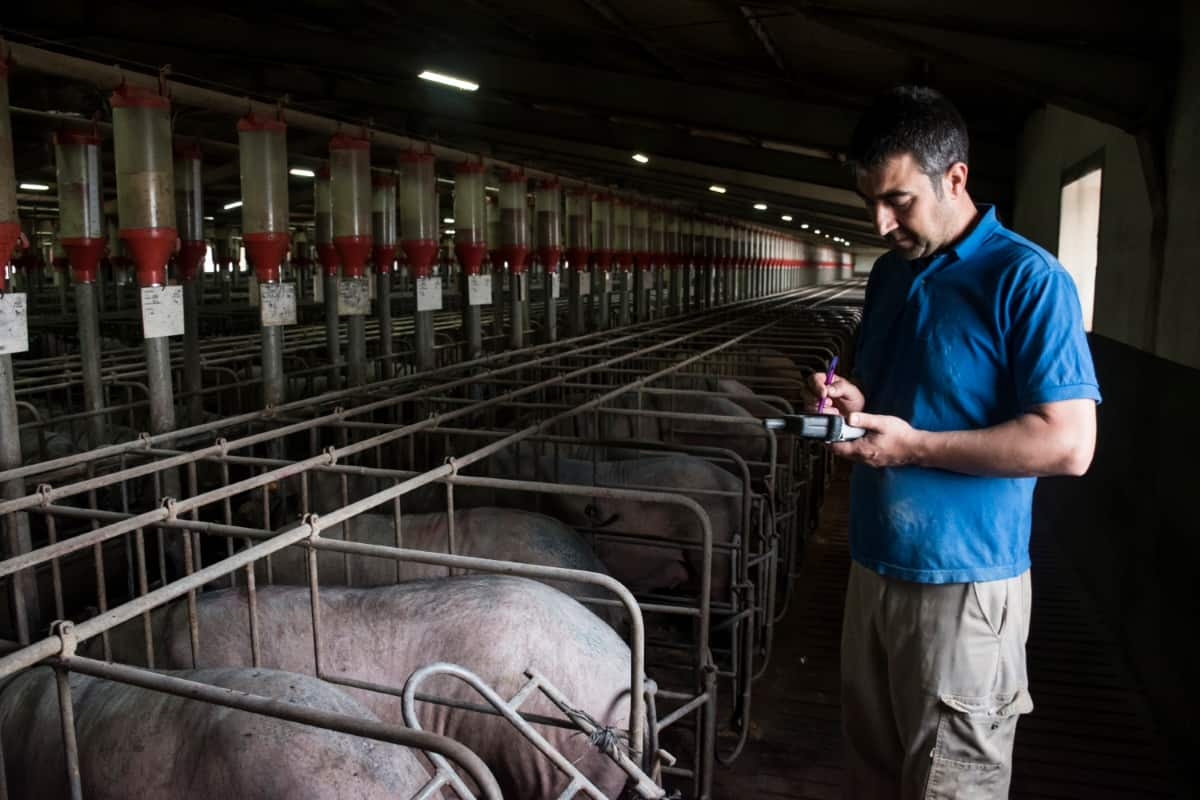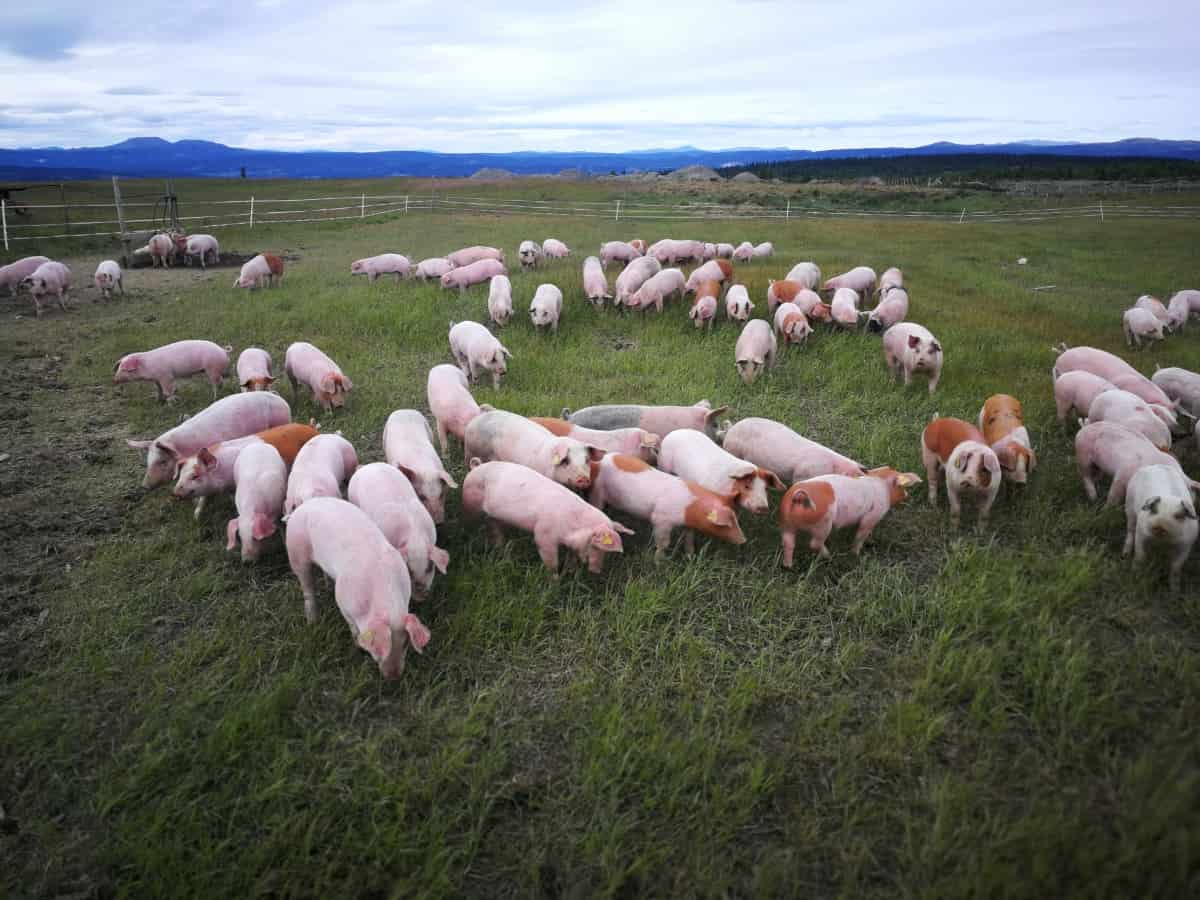Pig farming is a profitable business in Europe that has steadily grown. Starting a pig farming business requires careful planning and consideration of several factors. This article will dive into the business plan for a successful pig farming venture, including its elements, investment and profit analysis, and information on the best breeds for maximum profit margins.

Europe Pig Farming Business Plan
Crafting a Business Plan
A Business plan defines the objectives of your business, strategies to achieve these objectives, potential challenges, and ways to overcome them. Your business plan includes details about your target market, competition, pricing strategy, and budget.
Elements of a Business Plan
A business plan for a pig farming business consists of an executive summary, company details, market analysis, management structure, products/services, marketing strategies, funding requests, and financial projections. The summary gives a quick overview of the business plan, emphasizing its objectives, intent, and vision. The company description provides information about your pig farming business, including its legal structure, location, products or services, and unique selling proposition.
The market analysis demonstrates your knowledge of the pig farming industry. It includes details about your target market, its characteristics, size, expected growth, and your competitor’s strengths and weaknesses. The organization and management structure section details your business’s structure and the team responsible for managing it. This includes information on your key team members’ roles, responsibilities, and backgrounds.
In the services/products section, provide details about your pig-raising operations and your business offerings. The marketing and sales strategies section outlines your strategies to attract and retain customers. This can include traditional marketing, digital marketing, and direct sales strategies.
In the funding request section, you’ll provide details on the capital you need to start and maintain your business, how the funds will be used, and the expected return on investment. Finally, the financial projections section should provide a clear financial picture of your business. It should include projected income, expenses, and profitability for the next five years.
In case you missed it: Pig Farming in the Philippines: Business Plan, Requirements, and Management

Investment and Profit Analysis
Starting a pig farming business requires significant investment. For instance, you must purchase land, build housing for the pigs, and buy piglets, feed, and other farming equipment. Setting up a small-scale pig farm can range between €20,000 and €30,000. Operating expenses such as feeding, veterinary care, labor, and transportation will also form a significant part of your monthly costs.
For a small-scale farm with about 50 pigs, you might expect to spend around €2,000 to €3,000 monthly on these expenses. Despite these significant investments, pig farming can yield high profits. The average profit margin in pig farming is around 20-30%. For every €1 you spend, you can anticipate earning approximately €1.20 to €1.30 in return.
Selecting the Best Breeds for High-Profit Margins
Pig breeds have different growth rates, sizes, and disease resistance, which can impact your bottom line. Some of the best pig breeds for farming in Europe include Large White, Duroc, Landrace, and Hampshire. The Large White is popular due to its excellent growth rate and high-quality meat. They’re famous for being tough and adaptable to different climates, which is great for beginner farmers. The Duroc breed is known for its excellent meat quality and fast growth.
Landrace pigs have robust health and strong immunity, resulting in lower expenses for animal healthcare. They are recognized for their abundant offspring, making them an ideal option for rapid growth in pig farming. They also have a good feed conversion ratio, which means they can grow quickly with less feed, helping to reduce costs. The Hampshire breed is well-regarded for its lean meat and high growth rate. They are also hardy and resistant to various pig diseases.
Expanding Your Market Reach
Once you have your pig farming business up and running, looking for ways to expand your market reach is important. This can involve exploring new markets, partnering with local restaurants and supermarkets, or exporting your products to other countries. It’s also important to keep abreast of market trends and changes in consumer preferences. In Europe, the demand for organic pork is increasing. By offering organic pork, you can differentiate your products from the competition and potentially command a higher price.
Maximizing Profits
Maximizing profits in pig farming is a multifaceted endeavor requiring strategic planning, efficient operations, and market-oriented strategies. To begin with, selecting high-yield breeds can have a direct impact on profits. Breeds such as Large White, Duroc, Landrace, and Hampshire are known for their fast growth, high meat yield, and disease resistance, contributing to lower costs and higher sales revenue. Effective and efficient feeding strategies also play a crucial role.
High-quality feed enhances the growth rate and overall health of the pigs, leading to better-quality meat that can fetch higher prices in the market. Balancing cost-effective feed with nutritional value is therefore essential. It’s also beneficial to implement good farm management practices, which include maintaining a clean environment to reduce disease incidence, managing waste effectively, and training staff for better productivity.
Venturing into value-added products can increase profitability. This might include processing the pork into sausages, bacon, or ham, which can be sold more than fresh meat. Investing in direct marketing strategies to reach end consumers can also increase profits by eliminating middlemen. This could involve establishing a farm shop, selling at local farmers’ markets, or setting up an online sales platform. Partnerships with local restaurants, hotels, and supermarkets can also increase sales and profits.
Finally, regularly reviewing and adjusting your business plan and strategies based on market trends and business performance is vital for maximizing profits. By staying abreast of changes in consumer preferences, technological advancements, and industry trends, you can ensure that your pig farming business continues to evolve and grow profitably. Implementing these strategies can take time and resources, but the result is a sustainable and profitable pig-farming business that can thrive in the long term.
In case you missed it: Australia Pig Farming Business Plan: Solid Strategies for High Profits

Conclusion
In conclusion, a well-thought-out business plan is the cornerstone of a successful pig farming business. By carefully considering the elements of your business plan, selecting the best breeds, and regularly reviewing your investment and profit analysis, you can set your pig farming business on a path to high profits.
- Feed Your Flock for Less: Top 10 Tips to Save on Chicken Feed
- Ultimate Guide to Ossabaw Island Hog: Breeding, Raising, Diet, and Care
- Hatching Answers: The Top 10 Reasons Your Chickens Aren’t Laying Eggs
- Eggs and Economics: Breaking Down the Cost of Raising Backyard Chickens
- Defend Your Greens: Proven Methods to Keep Iguanas Out of Your Garden
- Ultimate Guide to Cinnamon Queen Chicken: A Comprehensive Guide for Beginners
- Ultimate Guide to California Tan Chicken: Breeding, Raising, Diet, Egg-Production and Care
- Ultimate Guide to Marsh Daisy Chicken: Breeding, Raising, Diet, and Care
- 10 Types of Chicken Farming Businesses You Can Start for Profits